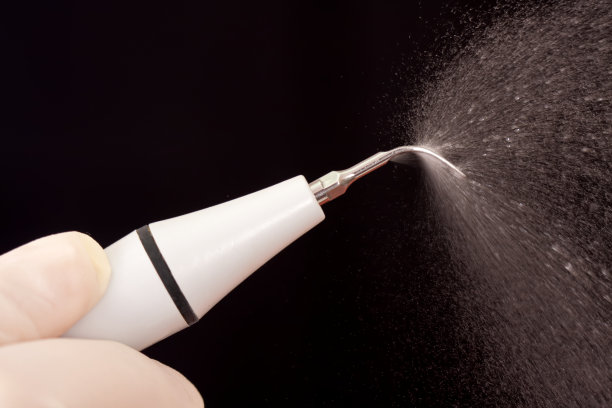Essential Guidelines to Ensure Optimal Care and Recovery After a Dental Filling Procedure
Summary: Dental fillings are a common procedure aimed at restoring the function and integrity of teeth affected by decay. However, post-procedure care is crucial for optimal healing and effectiveness of the filling. This article outlines essential guidelines that patients should follow after receiving a dental filling. The discussion encompasses pain management strategies, dietary recommendations, oral hygiene practices, and regular follow-up consultations. Following these guidelines will help minimize discomfort, promote healing, prevent complications, and ensure that the filling lasts as long as possible.
1. Effective Pain Management Techniques

After a dental filling, it is normal to experience some discomfort. Effective pain management can greatly enhance the recovery experience. Over-the-counter pain relievers like ibuprofen or acetaminophen are often recommended by dentists. It鈥檚 important to follow the prescribed dosages for these medications to alleviate pain without causing harm.
Cold compresses can also be beneficial in reducing swelling and numbing the area around the filling. Applying a cold compress for 15-20 minutes several times a day can help manage both pain and inflammation, making the recovery period more comfortable.
If the pain persists despite taking over-the-counter medication, or if you experience severe discomfort, it is essential to reach out to your dentist for further evaluation. Ignoring prolonged pain may indicate complications that require professional attention.
2. Dietary Guidelines for Recovery
Your diet plays a significant role in the recovery process after receiving a dental filling. Initially, its advisable to consume soft foods that require minimal chewing. Foods like yogurt, mashed potatoes, and smoothies are gentle options that can help you avoid irritation in the filled tooth.
Avoiding hard, sticky, or crunchy foods immediately after the procedure is crucial. These foods can dislodge the filling or cause unnecessary stress on the tooth. Additionally, it鈥檚 best to refrain from consuming hot or cold beverages, which can trigger sensitivity in recently treated teeth.
As your recovery progresses and any initial discomfort subsides, you can gradually resume your normal diet; however, remaining cautious is essential. Always consult your dentist if you鈥檙e unsure about any particular food item post-filling.
3. Importance of Oral Hygiene Post-Procedure
Maintaining good oral hygiene after a dental filling is critical for ensuring the longevity of the filling and overall dental health. Begin by gently brushing your teeth, being careful around the filled area to avoid any irritation. Using a soft-bristled toothbrush can help prevent discomfort while still keeping your mouth clean.
Flossing is also a crucial part of oral hygiene; however, extra caution should be exercised not to dislodge the filling when flossing near the treated tooth. If you are unsure about how to floss correctly post-procedure, ask your dentist for guidance.
Using an antibacterial mouthwash can also aid in preventing infection and ensuring that the area remains free from harmful bacteria. Establishing a solid oral hygiene routine will support your recovery and help maintain your dental fillings for years.
4. Schedule Regular Follow-Up Appointments
After receiving a dental filling, it is vital to schedule follow-up appointments with your dentist. These visits allow for proper monitoring of the filling and the surrounding oral structure. Your dentist can identify any early signs of issues that may compromise the filling鈥檚 effectiveness.
During these appointments, make sure to voice any concerns or symptoms youre experiencing, whether it鈥檚 pain, sensitivity, or other discomfort. This feedback is invaluable for your dentist in assessing your recovery progress and ensuring you鈥檙e on track.
Furthermore, regular check-ups can help maintain your overall dental health, ensuring that other areas of your mouth do not develop problems that might necessitate additional treatments. Consistent care will ultimately enhance the longevity and functionality of your dental fillings.
Summary:
In conclusion, optimal care and recovery after a dental filling require a multifaceted approach. By effectively managing pain, adhering to dietary guidelines, practicing good oral hygiene, and scheduling regular check-ups, patients can ensure their dental fillings remain effective and set the stage for better long-term health. Taking these steps will not only aid in recovery but also promote an overall healthy smile.
This article is compiled by Vickong Dental and the content is for reference only.



